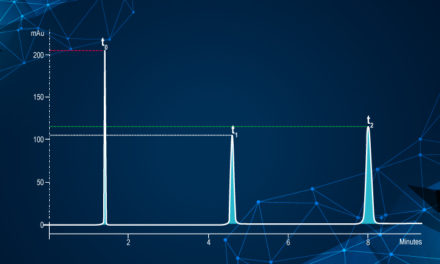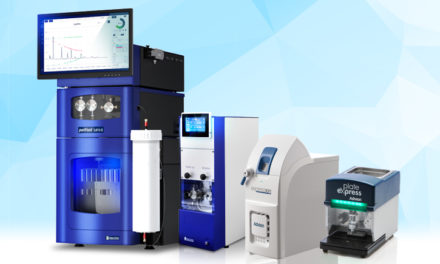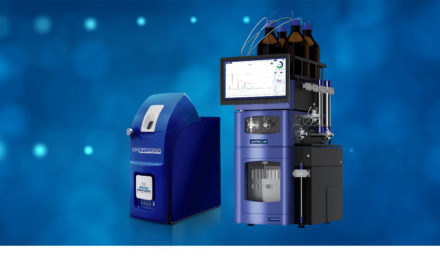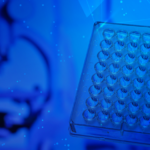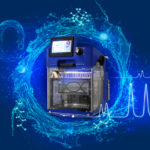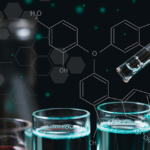1. Definition
There are many different purification techniques: distillation, crystallization, filtration, … and chromatography.
They all have the same goal purify and recover samples, whether an organic or biochemistry synthesis step.
Purification by liquid chromatography is always a challenge and there is often a compromise to obtain the desired purity, loading and throughput. To improve efficiency in delivering pure compounds, chemists may balance between purity, run time and environmental considerations. This delicate balance is often necessary for both crude and final purification.
2. Principle of purification by Preparative Liquid Chromatography
First of all, the separation of the compound(s) of interest must be developed under analytical experiments. Separation can be obtained if the compound(s) have very different affinities (polar, π- π, hydrophobic, ions exchange interactions) for the mobile phase and stationary phase. The chemist or biochemist has to define the level of purity for its compound(s) of interest.
Depending on the characteristics of the sample, these “analytical”methods developments can be done either by TLC or HPLC.
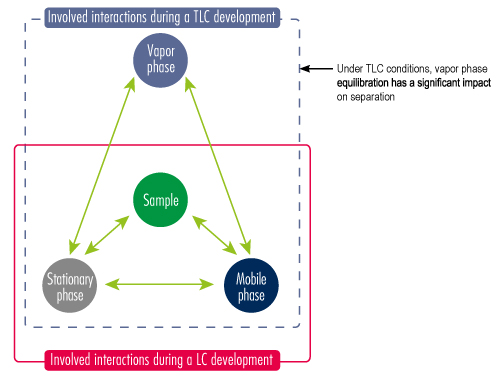
The mobile phase composition follows eluent strenght rules (Snyder scale – see chapter…) which are present in the whole liquid chromatography principle: TLC, HPLC column, Flash/Prep column. Only TLC have an additional parameter: vapor phase equilibration, involving a correct migration.
Beyond these interactions, other factors are determining in order to obtain quality purifications. As such, the quality of your purifications will depend on the column geometry, the injection technique (liquid injection or solid deposition).
a. Transfer TLC to Purification:
The TLC can be used as a predictive tool for purification method but users have to take care of the adsorbent features differences between the plate and the column, the difference of the eluent migration capillarity for TLC vs. dynamic for LC, the TLC silica binder.
The ∆Rf must be optimized to achieve the best transposition possible.
The purification column size must be linked to crude sample mass.
Interchim® TLC mobile app. couple to Genius, our artificial intelligence system, makes a fully automated process from TLC plate image to parameters set-up into the software till a Ready-to-use Purification.

The ∆Rf (frontal ratio) optimization allows the best transposition on the Flash/Prep column.
b. Transfer HPLC to Purification:
The transposition HPLC to Purification is direct if the adsorbent features and the elution conditions of the HPLC column are correlated to those of the purification column. The purification column size must be linked to crude sample mass.
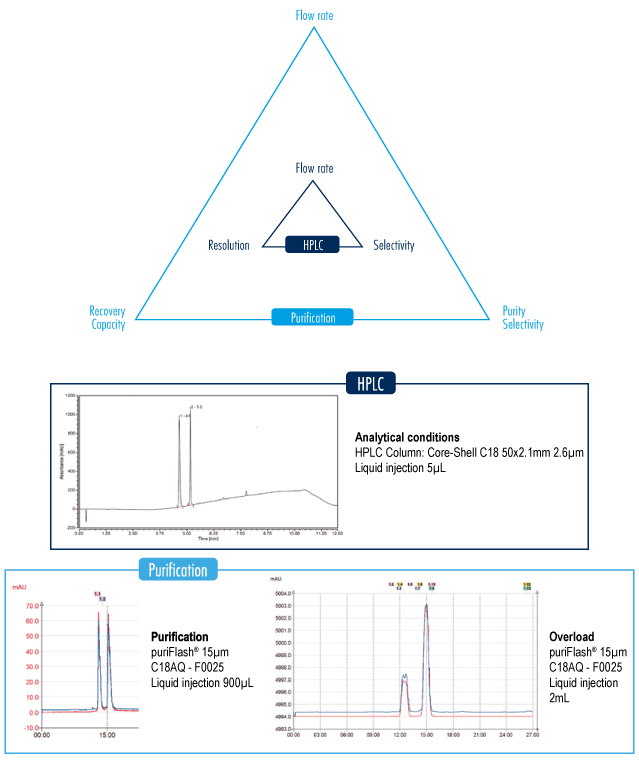
3. Advantages of Preparative Liquid Chromatography
This technique is really selective, and can lead in a single shot to a collection of a 100% pure compounds.
Versatile, it matches a large number of applications, class of compounds.
It combines numbers of detection techniques to maximize, first the detection of the whole compounds inside the sample, the control of their purity and their identification.
Know more:
- Contact us: interchrom@interchim.com
- Visit our website: www.interchim.com
- Discover our product range dedicated to analytical sciences & chromatography
- Discover all our purification systems


